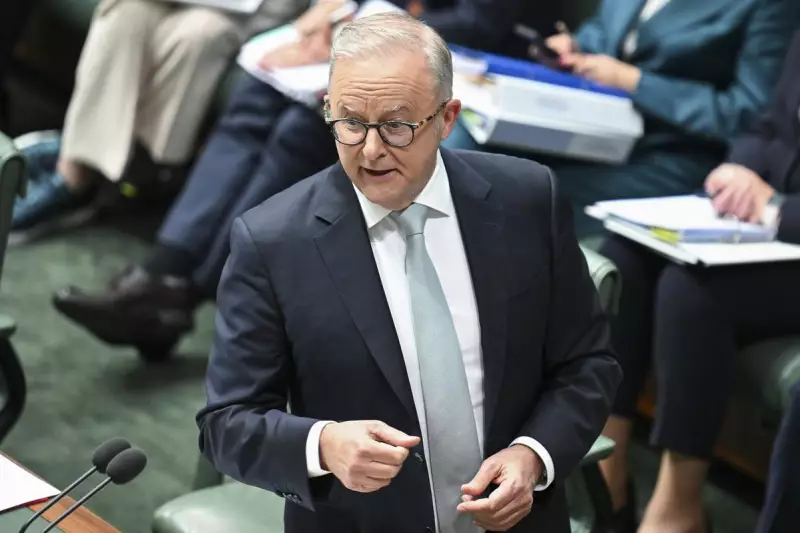
Prime Minister Anthony Albanese often cites Gough Whitlam as his political inspiration, but their approaches to governing couldn't be more different. Where Whitlam raced to implement sweeping changes in his first weeks, Albanese has adopted a more measured, cautious strategy that prioritises stability over rapid disruption.
The Whitlam Legacy: A Whirlwind of Change
Gough Whitlam's government exploded into action following the 1972 election, implementing what became known as the '100 days of action' that transformed Australian society. Within just two weeks, his government eliminated conscription for the Vietnam War and released draft resisters from jail. The pace was breathtaking, with Whitlam personally directing a blizzard of activity that included establishing diplomatic relations with China and ending the White Australia policy.
Whitlam's approach embodied what he famously declared: 'The program is the mandate.' He interpreted electoral victory as immediate permission to implement Labor's entire platform without delay or compromise. This created both dramatic achievements and significant political backlash that ultimately contributed to his government's controversial dismissal in 1975.
Albanese's Methodical March
Anthony Albanese, by contrast, has embraced what he calls 'orderly and methodical processes' since winning the May 2022 election. Rather than rushing multiple major reforms, his government has focused on delivering election promises sequentially while managing economic challenges. The approach reflects Albanese's personality as a practical politician who values stability and measured progress over revolutionary change.
This cautious strategy was evident in the government's first months, where key election commitments like the National Anti-Corruption Commission were carefully developed through consultation rather than rushed through parliament. Even on climate policy - a central platform of Labor's campaign - the government moved deliberately to legislate its emissions reduction targets while facing Greens opposition demanding more ambitious action.
Political Strategy or Governing Philosophy?
Political observers note that Albanese's slow-and-steady approach represents both tactical calculation and personal disposition. The Prime Minister leads a government with a slender majority in the House of Representatives and faces a hostile Senate where the Greens and independents hold significant power. This political reality necessitates negotiation and incremental progress rather than the bold strokes of the Whitlam era.
Albanese's background as a party insider and long-serving minister also contrasts with Whitlam's more aristocratic bearing and reformist zeal. Where Whitlam saw government as an instrument of rapid social transformation, Albanese appears to view it as a mechanism for steady improvement within constrained political and economic circumstances.
The different approaches reflect their respective historical contexts. Whitlam governed during a period of social ferment and economic prosperity that enabled ambitious reforms. Albanese leads in an era of global instability, rising inflation, and complex challenges that may demand more cautious management.
Measuring Success: Different Standards for Different Times
Critics argue that Albanese's government has been too timid in addressing Australia's pressing challenges, from climate change to housing affordability. They point to Whitlam's enduring legacy - Medicare, free university education, Indigenous land rights - as evidence that bold reform creates lasting change.
Supporters counter that sustainable progress requires building consensus and maintaining economic stability. They note that Albanese has already delivered significant policy achievements, including climate legislation, expanded paid parental leave, and addressing the aged care crisis, all while managing economic headwinds that would have overwhelmed a less disciplined government.
The comparison raises fundamental questions about political leadership: whether rapid transformation or incremental improvement better serves the national interest, and how much governing style should adapt to contemporary challenges rather than emulating historical heroes.
As Albanese's government approaches its mid-term, the tension between his admiration for Whitlam's vision and his commitment to pragmatic governance continues to shape Australia's political landscape. The ultimate judgment of which approach proves more successful may depend on whether voters value stability or transformation in uncertain times.





